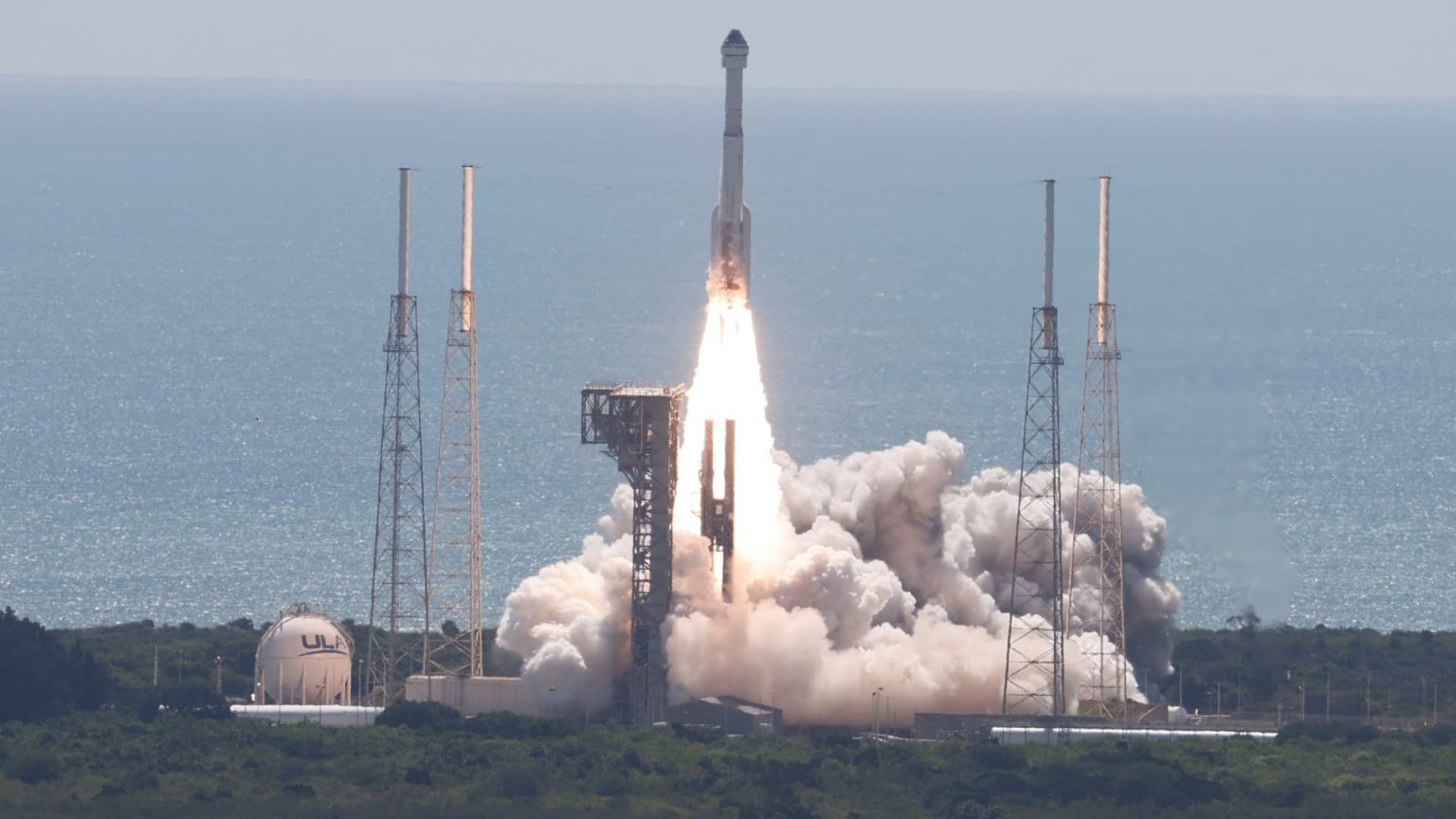Boeing successfully launched its first Starliner flight with astronauts on board, marking a crucial final flight test for the spacecraft. The launch took place from Cape Canaveral, Florida with two NASA astronauts on board, with the goal of certifying Starliner for carrying astronauts to and from the International Space Station. After liftoff, Starliner will spend about 25 hours in space before docking with the ISS, where the astronauts will conduct tests before returning to Earth.
The launch on Wednesday came after several previous attempts were called off due to technical issues, including problems with a computer providing ground support to the rocket. United Launch Alliance, a joint venture of Boeing and Lockheed Martin, made necessary repairs and replacements to ensure a successful launch this time. The astronauts aboard Starliner, Butch Wilmore and Suni Williams, are both experienced space travelers who have flown on the Space Shuttle and Russia’s Soyuz in the past.
Butch Wilmore, the commander of the Starliner mission, joined NASA in 2000 after serving as a U.S. Navy pilot. Suni Williams, the pilot of the spacecraft, was selected by NASA in 1998 and also has experience flying in space on previous missions. The spacecraft itself is launched on ULA’s Atlas V rocket, which has a successful track record with this mission marking its 100th launch. Starliner is designed to carry up to four NASA astronauts and research cargo, and is capable of flying multiple missions with a reusable capsule.
The crew flight test for Starliner aims to demonstrate its capabilities to safely transport astronauts to the ISS and back. After docking at the ISS, the astronauts will spend about a week conducting tests and experiments before returning to Earth. The successful completion of this final flight test will pave the way for future missions with NASA astronauts on board Starliner, supporting the agency’s efforts to maintain a presence on the ISS. Boeing’s partnership with ULA and NASA is instrumental in advancing space exploration and technology development for future missions beyond low Earth orbit.
Boeing’s Starliner represents a significant milestone in commercial space travel, as the spacecraft is designed to provide transportation for astronauts to the ISS and potentially other destinations in the future. The reusable nature of Starliner allows for multiple missions with the same capsule, reducing costs and increasing efficiency in space travel. The success of this flight test will demonstrate the reliability and safety of the spacecraft for future crewed missions, opening up opportunities for further exploration and research in space. Boeing’s collaboration with NASA and ULA highlights the importance of public-private partnerships in advancing space exploration and ensuring the sustainability of human presence in space.


